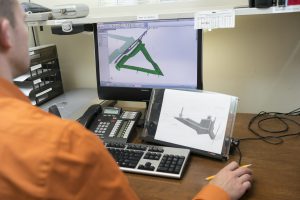One of the most important items in the design for manufacturability process is selecting the lowest cost rubber or urethane material capable of meeting the application requirements. Design Engineers are often not elastomer experts, although they have the most direct impact on part cost. Certainly you could choose a fluoroelastomer for a simple wire grommet application in ambient temperatures with no chemical or fluorocarbon exposure, and it would function. But why would you spend upwards of $15 per pound on material when you could spend $3 per pound to do the same job? Molded Dimensions believes in not over specifying the elastomeric material. Choosing a cost effective rubber or urethane compound not only saves money at project start up, but keeps on giving for the life of the project.
Raw material cost is typically a fair portion of the overall part cost. Because of this, it is relevant to the part design process. Doing a little research about elastomers on the web will not hurt, but nothing will replace discussing the application requirements, working environment, and expectations with your custom molder.
Application Requirements
- Store or dissipate energy
- Cut or tear resistant
- Abrasion and wear resistant
- Reduce weight
- Low gas permeability
- FDA, UL, or RoHS
- Low outgassing
- High load bearing
- Low coefficient of friction
- Non-marking
- Blooming or non-blooming
- Colorable
- Flame retardant
- Sound dampening
- Electrically insulating or conductive
- Impact resistant
- Energy damping
- Extended flex life
- Low compression set
- Durometer (hardness)
Working Environment
- Low or high temperature
- Chemical, solvent, or fluorocarbon exposure
- Water exposure
- Ozone and weathering
- Moist, humid environment
- Mating components
Expectations
- Part life
- Cosmetic
- Durability
- Part cost
Balancing the application requirements, working environment and expectations can be quite complex. It becomes a needs versus wants analysis. One must determine and prioritize the most critical performance characteristics. Then determine characteristics that may be sacrificed all-together, or at least acceptable at a lower degree. With this analysis, the Chemist can determine what rubber and urethane material options are available and will be most effective.
Remember, 80% of part cost is determined during the design stage. Work with the Molded Dimensions’ Engineers, our on-site Chemist, and with our technical sales personnel at the beginning of the design process to ensure a great product.




